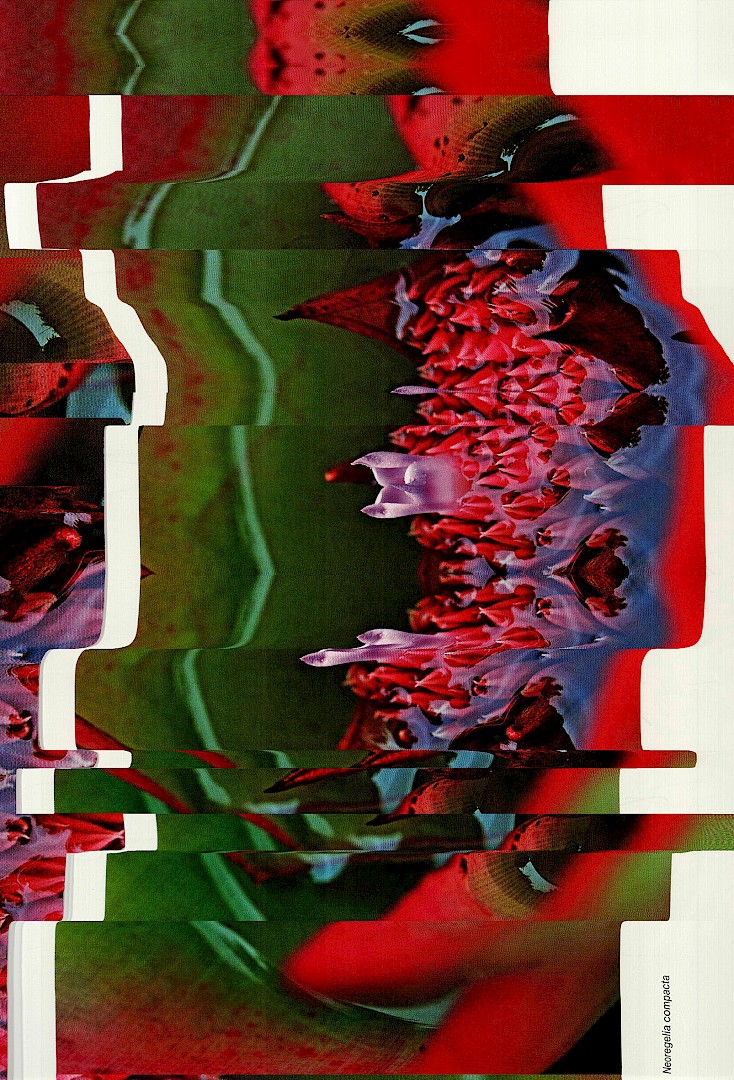
Flora Brasiliensis 3.0
The Disobediences

Alcantarea imperialis
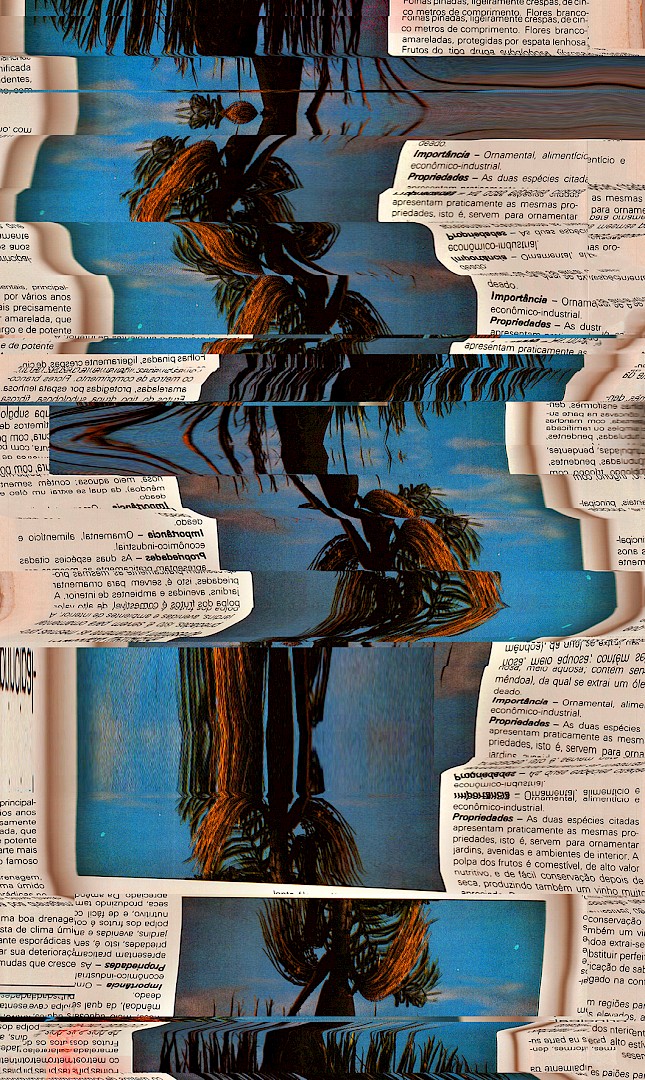
Oenocarpus bacaba Mart.
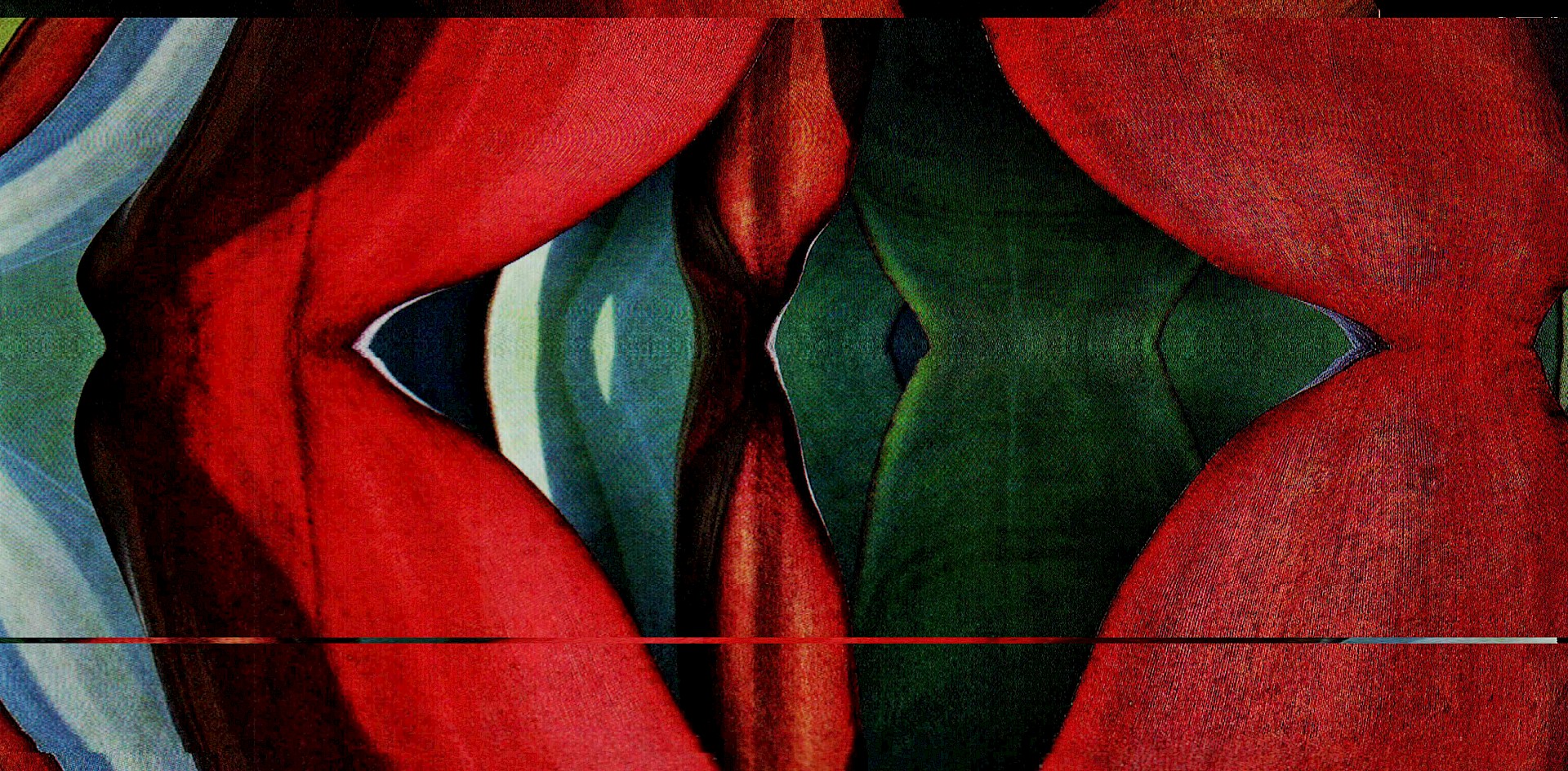
Alcantarea imperialis
detail
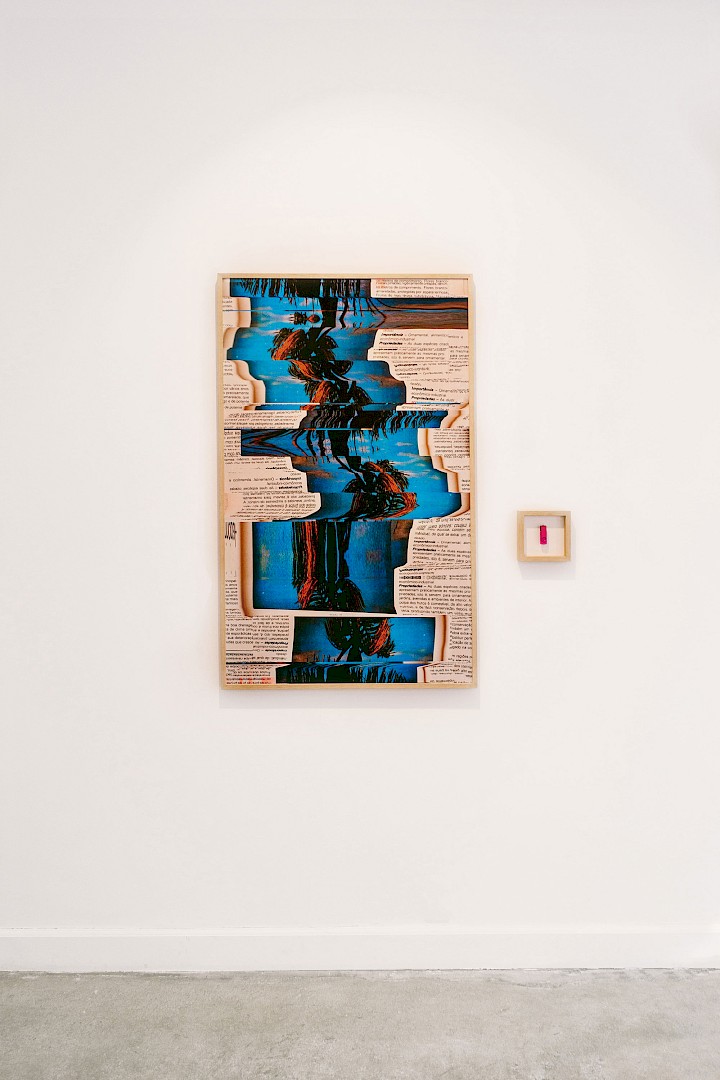
Exhibition view
Solo show 'The Disobediences'
galerie Caroline O'Breen, Amsterdam, The Netherlands, 2023
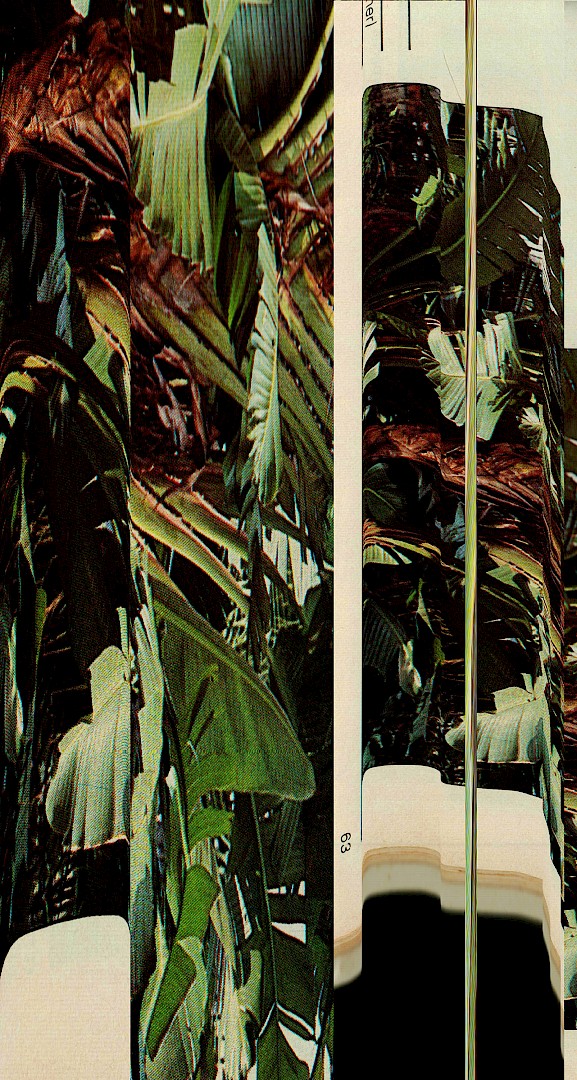
Ravenala madagascariensis Sonner


Neoregelia compacta

Cattleya forbesii Lindl.
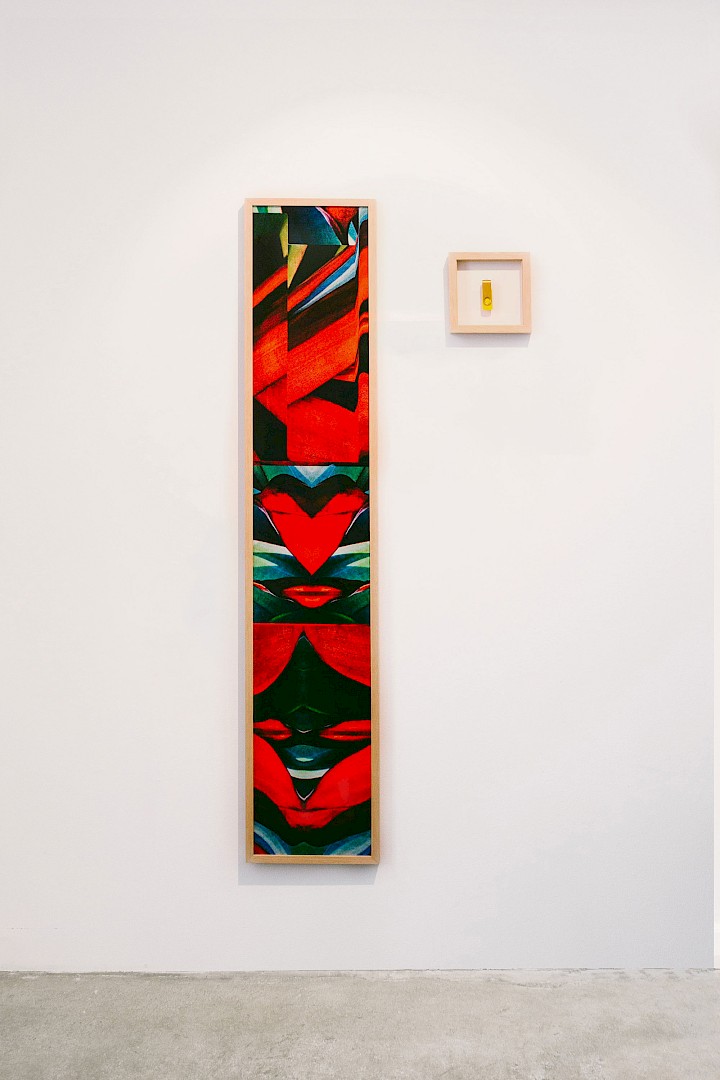
Alcantarea imperialis
Exhibition view
Solo show 'The Disobediences'
galerie Caroline O'Breen, Amsterdam, The Netherlands, 2023
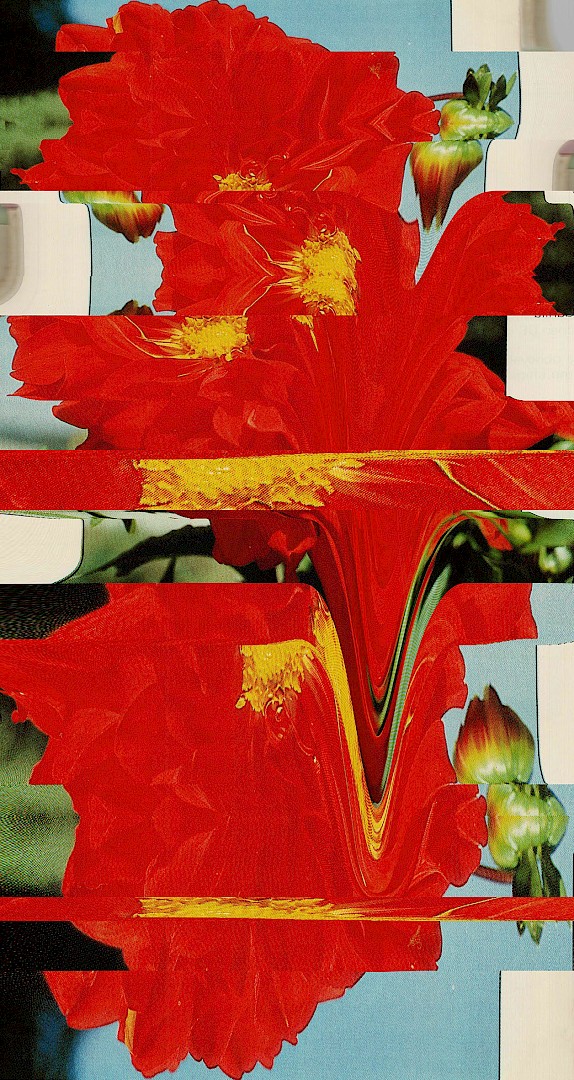
Dalia coccinea Cav.
Flora Brasiliensis 3.0
The Disobediences
Between 1840 and 1906, on the initiative of the German Friedrich Philipp von Martius, German and Austrian naturalists published 'Flora Brasiliensis', a 15-volume encyclopedia in which they listed 22,767 plant species of Brazil on over 10,000 pages. This colossal work will bring together knowledge and information on the plants of the Brazilian territory, considered important until now. The work will also play a key role in the construction of the European imaginary of Brazil.
In 'Flora Brasiliensis 3.0', Elsa Leydier offers a "3.0" reinterpretation of these encyclopedic volumes. Through a series of visuals of plants taken from contemporary encyclopedias on Brazilian flora, reinterpreted in a style appropriate to the digital age (both in terms of their aesthetics and the media on which they are shown), the aim is to distance ourselves from the Western-centric approach to preserving and transmitting knowledge about nature. Flora Brasiliensis 3.0' raises questions about the relevance of conserving and cataloguing living things as we currently understand and practice them in the West.
These questions are embodied firstly by the questioning of the realism of the images that make up the work, and then by a parallel with the question of the preservation of a work of art.
The idea of containing the data of entire ecosystems on tens of thousands of botanical plates and taxonomic notes is a questionable undertaking. Is this an appropriate way of preserving life? This is particularly true when you consider that knowledge of plants and nature dating back millennia (some of it more than 5,000 years) has been preserved by indigenous peoples through oral tradition and other means — sometimes in nature itself.
These questions prompt Elsa Leydier to question our contemporary methods of preserving nature, materialized through its "recording" in images, and the storage and cataloguing of these images. Through ‘Flora Brasiliensis 3.0’, the artist takes a critical look at the relevance of these methods.
The deliberately exaggerated distortions of the images of the work show a flora with a suspect aesthetic, clearly not "natural". This rendering underlines the gaps and discrepancies inevitably created by our attempts to represent nature.
The images of the work are produced and shown in three different ways and on three different media.
Firstly, they are produced according to the commonly accepted codes of artistic photography: fine art prints, framed, under museum glass.
The image also exists as a digital file on a USB stick.
Finally, the image also exists in NFT format, stored on a blockchain.
Each image thus exists in one of three versions; on three different image storage media and in three different image formats.
One of these, the USB stick, is already obsolete — as most of our devices can no longer read it. The other two s — the fine art print and the NFT — have an uncertain future, longevity and ability to survive. Indeed, we have no way of predicting the chances of preserving art images stored in what are considered ideal museum conditions, or those of dematerialized images stored on a blockchain, over the years, centuries and millennia to come.
The aim here was to reveal the fragility and uncertain nature of these media — the ones we currently use — as a means of preservation. Elsa Leydier reveals the poverty of our Western-centric gaze when it comes to apprehending entire ecosystems and thousand-year-old forests.
With this side-step, Elsa Leydier proposes to take a look at our [Western] relationship with nature, which is expressed in a frenzy to represent and store it, thanks to ever more advanced techniques... While at the same time, we are destroying it.
In choosing to show 'Flora Brasiliensis 3.0' alongside 'Les Marques' — a body of work consisting of installations featuring real plants destined to evolve freely over time — Leydier aims is to suggest a hope, a remedy after the time of criticism. The artist proposes to find the value of nature through our experience and connection with it — and not by changing the magnifying glass or focus of the technological devices we use to view and record it.
‘Les Marques' helps to materialize the idea that the real value of nature, and therefore the most appropriate way of preserving it, lies elsewhere than in its representations. It lies in its very life, uncontrollable and random, its capacity to develop and evolve through an infinite range of possibilities, and finally in the experience and bond we form with it.
Inkjet prints on fine art paper, wooden frame, museum glass
Digital files on USB stick, wooden frame
NFT-files
The images of 'Flora Brasiliensis 3.0' were made from original photographs by Marcos Piffer, and photographs from encyclopaedias published by Liana Produções Editora and Editora Três.
Animation NFT : Leon Vilhena
Leydier